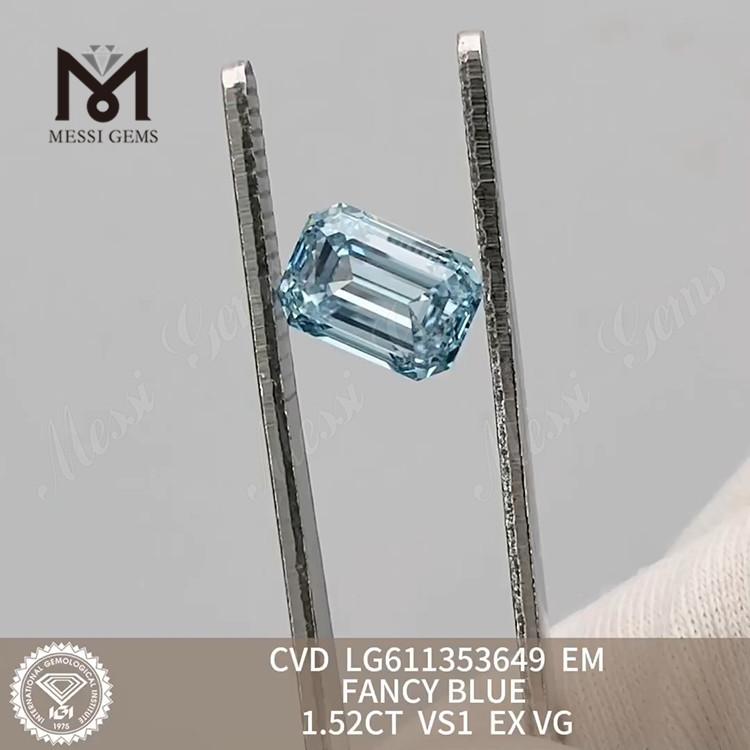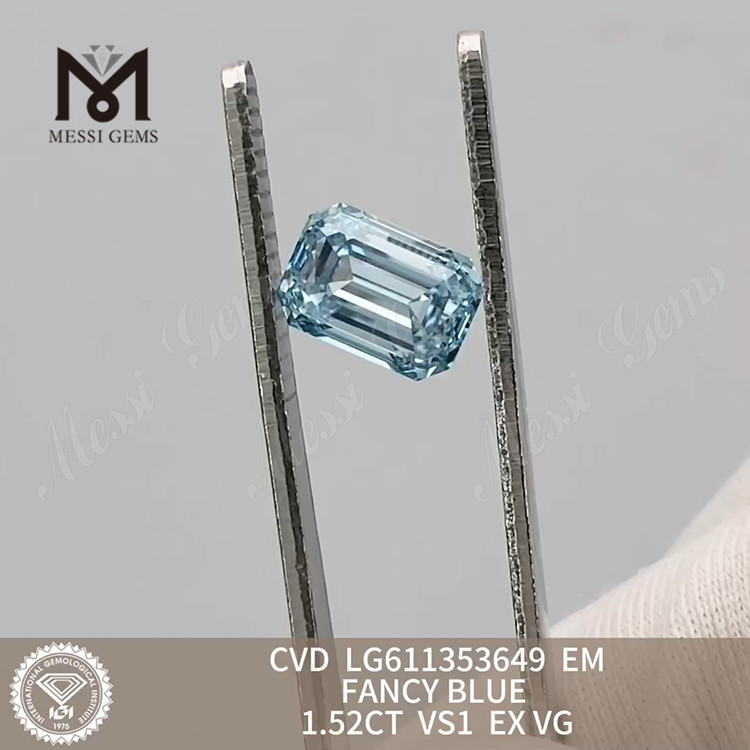Grown brilliance diamonds take center stage in the world of fine jewelry, captivating enthusiasts with a dazzling play of light and a story born from scientific innovation. From their origins deep within high-tech laboratories to their emergence as coveted gems on the world stage, these diamonds are transforming expectations and sparking fresh conversations about beauty, ethics, and value.
Unlike traditionally mined diamonds, grown brilliance diamonds are crafted using advanced techniques like HPHT and CVD, replicating the natural process under controlled conditions. This approach not only ensures authentic sparkle and clarity but also introduces an array of choices for jewelry lovers who care about environmental impact, ethical sourcing, and cutting-edge style. Whether set in a classic engagement ring or featured in trending fashion pieces, grown brilliance diamonds are changing how we define luxury and responsibility in the gemstone market.
Definition and Origin of Grown Brilliance Diamonds
Lab-grown brilliance diamonds represent a remarkable fusion of science and artistry, offering sparkling gemstones that are chemically and physically identical to those found deep within the earth. These diamonds are not simulants, but genuine diamonds cultivated under controlled conditions using advanced technology.
Modern grown brilliance diamonds originated from decades of scientific research into how natural diamonds form. In nature, diamonds are created under immense pressure and temperature within the Earth’s mantle over millions of years. Scientists replicated these environments inside laboratories, significantly advancing the process since the mid-20th century.
Technological Processes for Creating Grown Brilliance Diamonds

There are two primary methods used to create lab-grown diamonds: High Pressure High Temperature (HPHT) and Chemical Vapor Deposition (CVD). Both methods start with a diamond seed and result in a crystal structure identical to natural diamonds.
History and Development Timeline
The journey of lab-grown diamonds started in the 1950s when General Electric produced the first synthetic diamond. Over the decades, improvements in technology have made it possible to create gem-quality stones that rival their natural counterparts. Today, lab-created diamonds are a thriving sector of the jewelry industry and are gaining traction worldwide.
Types of Grown Brilliance Diamonds
Grown brilliance diamonds can be classified based on the technological method used in their creation. The two dominant types are HPHT and CVD diamonds, each with unique properties and slight differences in their production.
Main Types: HPHT and CVD Lab-Grown Diamonds
HPHT diamonds are formed by mimicking the natural high-pressure, high-temperature conditions found deep within the Earth. CVD diamonds, on the other hand, are grown using a process that involves breaking down carbon-rich gases at low pressures.
Physical and Chemical Comparison Table
The table below compares the core characteristics of HPHT and CVD grown brilliance diamonds, highlighting their similarities and differences.
| Feature | HPHT | CVD |
|---|---|---|
| Growth Environment | High Pressure, High Temperature | Low Pressure, Chemical Vapor Deposition |
| Chemical Composition | Pure carbon, identical to natural | Pure carbon, identical to natural |
| Crystal Structure | Cubic | Cubic |
| Common Inclusions | Metallic flux, graphite | Graphite, silicon |
| Visual Clues | Graining, metallic inclusions (under magnification) | Striations, pinpoint inclusions (under magnification) |
Visual Differences Between Grown and Mined Diamonds

To the naked eye, grown brilliance diamonds are nearly indistinguishable from their mined counterparts. Only advanced gemological testing can reliably differentiate between them, and both exhibit the same fire and brilliance that make diamonds so captivating.
Environmental and Ethical Considerations
Lab-grown brilliance diamonds offer a more sustainable and ethical alternative to traditional mined diamonds. The process of growing diamonds in a lab leaves a smaller environmental footprint, avoiding many of the ecological disruptions caused by large-scale mining operations.
Environmental Benefits of Lab-Grown Diamonds
Since lab-grown diamonds require less land disruption and consume fewer natural resources, they present a cleaner and more responsible choice. The absence of mining means less habitat destruction, reduced soil erosion, and minimal water pollution.
Reduction of Ethical Concerns
Lab-created diamonds are produced in controlled environments, ensuring transparent supply chains and eliminating the risk of financing conflict regions. This addresses major ethical concerns often associated with traditional diamond mining, such as human rights abuses and unsafe labor conditions.
Key Sustainability Advantages
Choosing grown brilliance diamonds provides several distinct environmental and ethical benefits:
- Significantly reduced environmental impact compared to traditional diamond mining.
- No association with conflict zones or unethical labor practices.
- Lower carbon footprint due to energy-efficient production processes.
- Preserved natural habitats and biodiversity, as there is no land displacement.
- Greater transparency and traceability throughout the supply chain.
Quality and Grading of Grown Brilliance Diamonds

Grown brilliance diamonds are graded by the same rigorous standards as natural diamonds, focusing on the Four Cs: cut, color, clarity, and carat weight. International gemological labs use detailed criteria to ensure each stone’s quality and value.
Grading Criteria for Lab-Grown Diamonds, Grown brilliance diamonds
Each diamond, whether grown or mined, is evaluated for its brilliance, clarity, hue, and mass. Expert gemologists use precise instruments to assess the stone’s attributes, guaranteeing accuracy and consistency in quality ratings.
Quality Standards Comparison Table
Below is a table outlining the grading standards for lab-grown versus natural diamonds:
| Criteria | Lab-Grown Diamonds | Natural Diamonds |
|---|---|---|
| Cut | Excellent, Very Good, Good, Fair, Poor | Excellent, Very Good, Good, Fair, Poor |
| Color | D (colorless) to Z (light color) | D (colorless) to Z (light color) |
| Clarity | Flawless to Included | Flawless to Included |
| Carat | Measured in metric carats | Measured in metric carats |
| Certification | IGI, GIA, GCAL | GIA, AGS, IGI |
Certification Process
After being cut and polished, each grown brilliance diamond is sent to an independent gemological laboratory for evaluation and grading. The resulting certificate details the diamond’s Four Cs and ensures confidence for both jewelers and consumers.
Epilogue
Grown brilliance diamonds have quickly emerged as a compelling choice for today’s conscious consumers, blending scientific marvel with stunning aesthetics. As innovation continues to drive the industry forward and new uses for lab-grown diamonds are discovered, these stones stand poised to become a lasting symbol of both style and sustainability. The future of brilliance has never looked brighter.
Expert Answers
Are grown brilliance diamonds real diamonds?
Yes, grown brilliance diamonds are chemically, physically, and optically identical to natural diamonds.
How can you tell the difference between grown brilliance diamonds and natural diamonds?
To the naked eye, they are indistinguishable. Only specialized laboratory equipment can accurately detect the difference.
Do grown brilliance diamonds hold their value?
Like most gemstones, lab-grown diamonds may not appreciate in value over time, but they offer considerable savings and ethical advantages up front.
Are grown brilliance diamonds certified?
Yes, they can be certified by reputable gemological institutes such as IGI and GIA, with grading reports similar to mined diamonds.
Can grown brilliance diamonds get damaged easily?
No, they have the same hardness and durability as mined diamonds, making them suitable for everyday wear.

